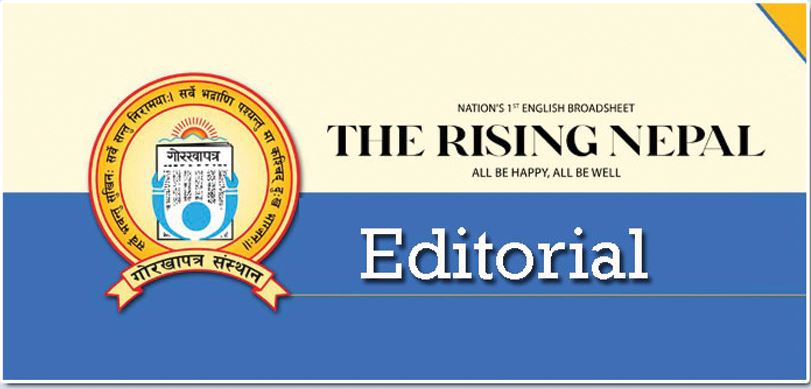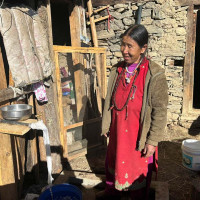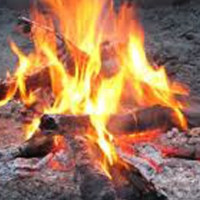- Monday, 15 December 2025
Save The Glaciers
Himalayan glaciers are the lifeline to South Asian countries as our food, water and energy security is dependent on these water sources. Himalayan glaciers are often referred to as the Third Pole as they hold the largest concentration of ice and snow after the Arctic and Antarctic regions. They are the source of major perennial rivers in the region, including the Ganges, Bhahmaputtra and Indus. Their slow melt feeds major rivers, providing fresh water to more than 1.9 billion people across countries like Nepal, India, China, Bhutan and Pakistan.
A vast majority of people in South Asian countries depend on these rivers for drinking water and irrigation, as these glacial-fed rivers do not dry out in summer and have consistent water flow. Water from the snow-fed rivers is crucial for irrigation, which is related to maintaining food security. Lack of irrigation may lead to famine.
However, scientists have said that glaciers in the Himalaya and the Hindu Kush mountain Range are rapidly melting due to global warming. As per study reports, glaciers in these mountain ranges have melted 65 per cent faster in the 2010s as compared to the previous decade. The rapidly melting glaciers in the Himalayan region can lead to a serious shortage of fresh drinking water, crop failures and food insecurity in the South Asian countries in the future. Likewise, the rapid glacial melting has threatened the fragile ecosystem of the mountainous region and communities that are dependent on the mountains for their subsistence.
Speaking at the Climber’s Conference in Thame in Solukhumbu, Minister for Forests and Environment Ain Bahadur Sahi Thakuri, said that outside of the Arctic and Antarctic, the Himalayas are the largest repository of frozen water and these mountains are not just scenic wonders, they are the lifeline of the people living downstream. Likewise, Himalayan glaciers are very important for energy security. Countries like Nepal, India, Bangladesh, and Pakistan depend on river water to generate electricity.
Perennial rivers that originate from the glacial melts serve as the trusted source for electricity generation, as these rivers do not dry out at any time of the year. The glacial melt rings an alarm bell and is a warning that human societies will face critical problems for their very survival if they are not aware to help reverse the warming trend. It is human activities that are responsible for the emissions of greenhouse gases that cause the atmosphere to warm. If actions are not taken to stop excessive concentration of carbon dioxide in the atmosphere, the problem will only continue to exacerbate out of control.
Melting of glaciers and the ultimate drying up of permanent sources of water is going to have multiple repercussions on human life, livelihood and economy. Food production, water supply and energy are the major sectors to be hit hard. Nepal is known in the world as being rich in water resources. But the country will gradually lose such a prominent status if the present trend of glacier melting continues without a halt to it.
In the short term, the fast melting of glaciers will result in increased flow in the rivers. Then one day, there comes a point when nothing will be left in the glacial sector but dark rocks. Then, scientists say, the water flow in the snow-fed rivers will start to decline. This is something that has come about due to the over-burning of fossil fuels, for which developed and industrialised nations are more responsible. And when it comes to the mitigation of emissions, international actions are needed.

















